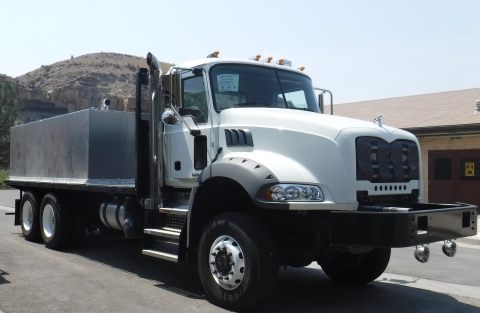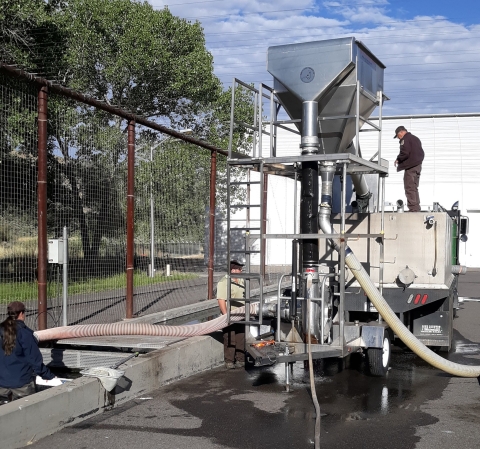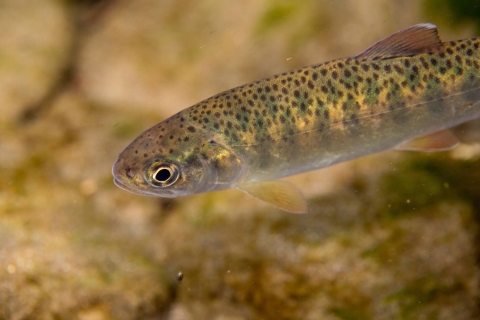Visit Us
Hotchkiss National Fish Hatchery provides many exciting visitor opportunities and supports local communities. Visit us for a close-up view of the fish production process. With over 7,500 visitors annually, the friendly dedicated staff will normally be available to answer any questions while you explore the Visitor Center and raceways. Educational programs/tours are provided for the public and school groups during business hours when scheduled in advance. A short, wheelchair-accessible, self-guided tour is available at the hatchery as well.
Location and Contact Information
About Us
Hotchkiss National Fish Hatchery is part of the U.S. Fish and Wildlife Service’s National Fish Hatchery System. This system has the unique responsibility of helping restoration of native aquatic populations, mitigating fisheries loss as a result of federal water projects, providing fish to benefit Tribes and the National Wildlife Refuges, and recovering species listed under the Endangered Species Act.
What We Do
Hotchkiss National Fish Hatchery produces about 600,000 trout every year and distributes them to reservoirs in southwestern Colorado and northern New Mexico to restore and protect fish populations within the Colorado River basin. The hatchery also partners with other agencies and organizations to bring outreach to the community.




